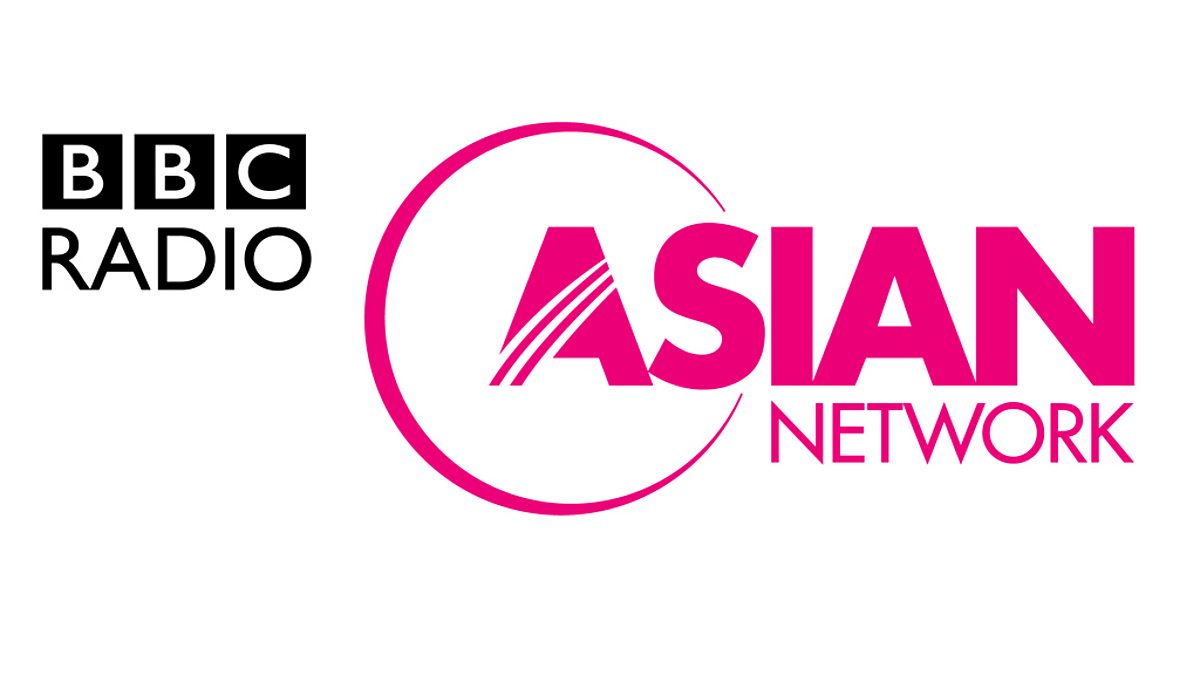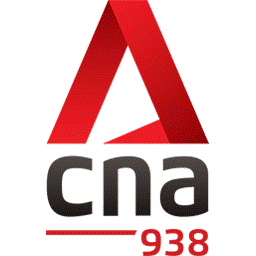Lifting and Rigging Safety: Toolbox Meeting Guide for Singapore
Lifting and rigging are critical operations in many industries, including construction, shipbuilding, and manufacturing. In Singapore, strict regulations under the Workplace Safety and Health Act (WSHA) ensure that these activities are conducted safely to prevent accidents and injuries.
This blog provides a structured Toolbox Meeting Guide on Lifting and Rigging Safety, aligned with Singapore’s Ministry of Manpower (MOM) requirements and relevant safety standards like SS 536. Whether you're a safety officer, supervisor, or worker, following these best practices can help create a safer worksite.
1. Introduction: Why Lifting and Rigging Safety Matters
Welcome Message
Lifting operations involve heavy loads, high risks, and strict legal requirements. A single mistake can lead to severe injuries or fatalities. That’s why proper planning, equipment inspection, and communication are essential.
Objective of This Safety Guide:
- Identify key hazards in lifting and rigging.
- Understand MOM regulations and safety standards for compliance.
- Learn safe practices to prevent incidents and improve workplace safety.
2. Key Safety Topics for Lifting and Rigging
A. Pre-Lift Planning: Compliance with MOM Regulations
Before any lifting operation, a Risk Assessment (RA) is mandatory. Proper planning reduces accidents and ensures compliance with MOM guidelines. Key considerations:
- Risk Assessment: Always assess the load weight, center of gravity, and environmental conditions (e.g., Singapore’s frequent rain and strong winds).
- Permits: For complex lifts, ensure lifting permits (Form A/B) are obtained and approved.
- Competency: Only MOM-certified lifting supervisors, riggers, and signalmen should conduct operations.
B. Equipment Inspection: Ensuring Compliance with SS 536
Poor equipment conditions are a leading cause of lifting accidents. Regular inspections, as per Singapore Standard SS 536, help identify defects early.
- Daily Pre-Use Checks: Inspect slings, shackles, hooks, and cranes for wear, cracks, corrosion, or deformation.
- Tagging System: If equipment is found defective, label it with a “DO NOT USE” tag and remove it from service.
- Certification: All lifting machinery must have a valid MOM inspection certificate.
C. Proper Rigging Techniques
Incorrect rigging can cause loads to become unstable, leading to accidents. Follow these key principles:
- Sling Angles: Maintain angles ≥60° to reduce excessive tension on slings.
- Load Security: Use edge protectors to prevent sharp corners from damaging slings.
- No Shortcuts: Never splice or repair damaged slings. Always follow Safe Working Load (SWL) limits.
D. Communication: Clear Instructions Prevent Accidents
Effective communication is vital during lifting operations, especially in noisy work environments.
- Hand Signals & Radios: Use MOM-approved hand signals for coordination. Ensure signalmen and crane operators understand each other.
- Spotter Roles: Assign a dedicated spotter for blind lifts to prevent collisions.
E. Load Control: Stability and Exclusion Zones
Unstable loads pose a serious risk. Ensure proper load balance and control movement to avoid incidents.
- Stability: Always lift loads smoothly and avoid sudden movements.
- Exclusion Zones: Mark and barricade swing radii to keep unauthorized personnel away.
3. Case Study: Learning from a Near-Miss Incident
A near-miss incident in Jurong highlights the importance of proper rigging.
Incident: A crane operator attempted to lift a heavy load, but improper sling angles caused excessive tension, leading to dangerous load swaying. Fortunately, the rigger immediately halted operations, recalculated the rigging setup, and prevented a collapse.
Key Takeaway:
Always double-check rigging configurations, load weight distribution, and environmental factors before lifting.
4. Emergency Procedures: What to Do in Case of an Incident?
Even with precautions, emergencies can happen. Everyone must know the correct response:
-
If a Load Drops:
- Evacuate the area immediately.
- Do NOT attempt to retrieve the load without supervision.
-
If Equipment Fails:
- Shut down lifting operations.
- Report to the site safety officer for investigation.
5. Open Discussion: Q&A for Continuous Improvement
Encourage team discussions by asking:
- “Have you faced any challenges in lifting operations?”
- “How can we improve communication and coordination during lifts?”
Sharing real experiences helps everyone learn and stay vigilant.
6. Conclusion: Key Takeaways & Safety Pledge
Key Takeaways from This Session:
✔ Plan every lift carefully—never rush.
✔ Inspect all equipment daily and follow SS 536 standards.
✔ Use proper rigging techniques and maintain safe sling angles.
✔ Communicate clearly using MOM-approved signals.
Safety Pledge:
"Safety is everyone’s responsibility. If you see something unsafe, STOP WORK and report it immediately."
Final Words:
Let’s stay alert and ensure that every lifting operation is carried out safely. Our goal is to maintain a zero-incident workplace!
7. Follow-Up Actions
- Distribute a Quick Pre-Lift Inspection Checklist
- Ensure it aligns with MOM safety regulations and SS 536 guidelines.
- Document the Meeting
- Keep records of attendance and key discussion points for compliance audits.
Final Safety Reminder:
“Safety is not luck. It’s a choice we make every day.”
By following these best practices, we can ensure that lifting and rigging operations in Singapore are safe, compliant, and incident-free.
Stay safe, and always prioritize workplace safety!
👉 Thedaily71 Whatsapp Group - যুক্ত হতে এখানে ক্লিক করুন
👉 Thedaily71 Facebook Page এখানে ক্লিক করুন























0 মন্তব্যসমূহ